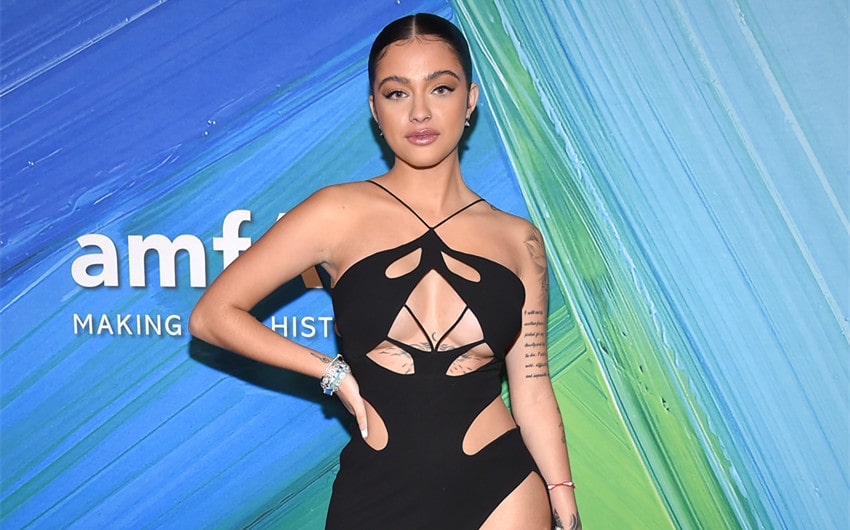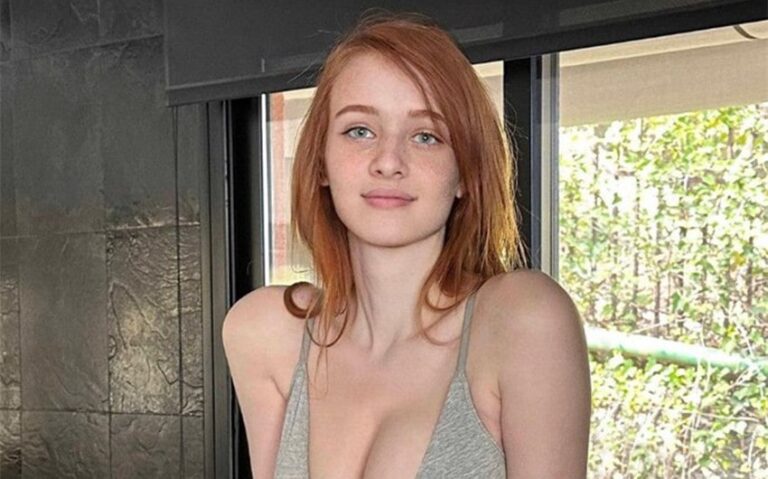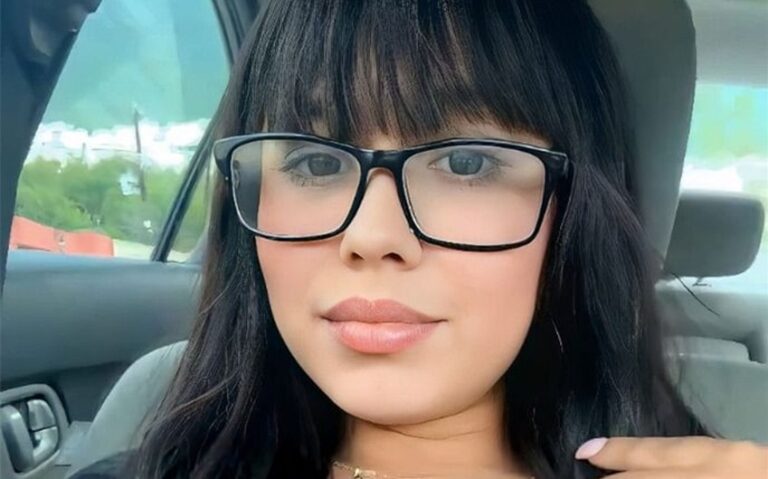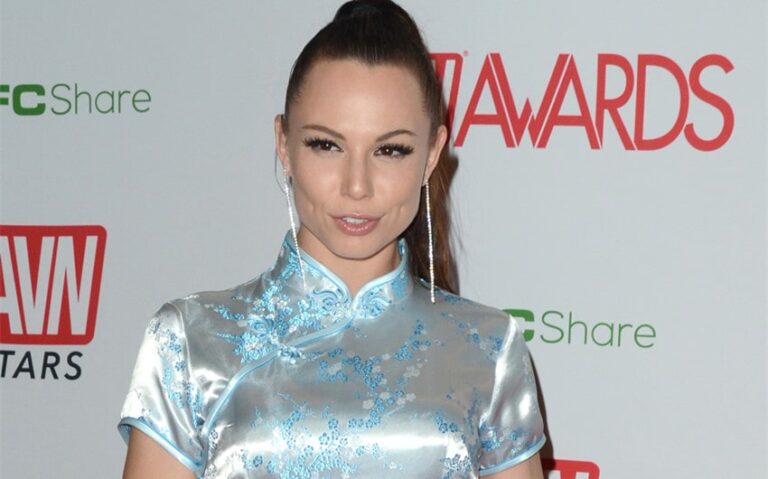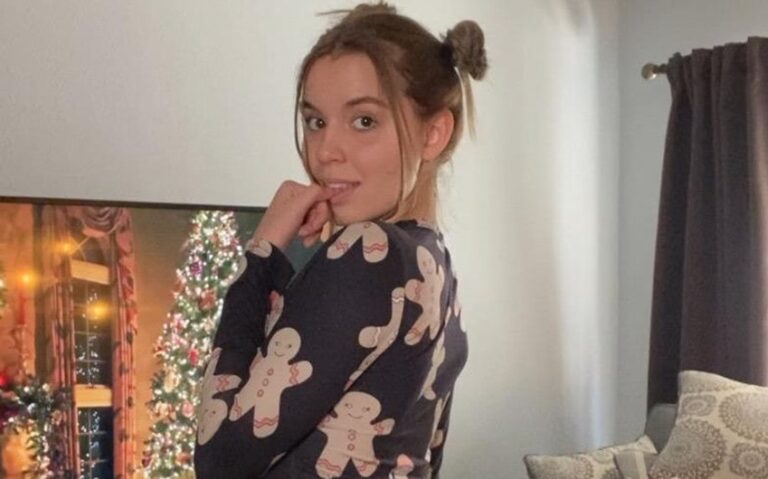Malu Trevejo’s OnlyFans Launch Signals Her Shift to Creative Independence
When Malu Trevejo’s OnlyFans began trending, the internet buzzed with speculation, judgment, and curiosity. But beneath the surface-level reactions lies a much more important truth—Malu’s move wasn’t just about provocative content. It was a statement. A decision to reclaim her voice, her body, and her direction after years of being shaped by the unforgiving gaze of online fame. Her OnlyFans isn’t just a platform—it’s her line in the sand.
Who Is Malu Trevejo?
You may know Malu Trevejo as the Cuban-American artist who skyrocketed to fame as a teenager, but her story begins before the spotlight. Born in Havana in 2002 and later relocating to Miami, Malu grew up bilingual and bicultural, which gave her a distinct edge when she joined the then-booming Musical.ly platform at just 13. Her sharp dance moves, confident personality, and expressive style quickly made her one of the app’s most-followed creators.
By age 14, she wasn’t just dancing to songs—she was making her own. Her debut single, “Luna Llena,” dropped in 2017 and instantly became a viral hit, racking up millions of YouTube views and landing her on Billboard’s radar. The song, sung in both English and Spanish, positioned her as a crossover artist with global appeal. She signed a record deal with In-Tu Linea and was performing on major stages before she had even learned to drive.
But fame came with a cost. While her peers were navigating high school crushes and acne, Malu was battling online trolls, invasive gossip blogs, and a fanbase that often blurred the line between admiration and objectification. She became a poster child for the rise of the “too-grown” teen influencer—a title she neither asked for nor could fully escape.
This early exposure shaped the public’s view of her, often reducing her identity to controversy or aesthetics. But Malu wasn’t passive in the chaos. Even then, she was learning how to leverage attention, redirect the narrative, and survive the internet’s spotlight without losing her edge.
Growing Up Online—The Pressure of Public Adolescence
You probably know what it’s like to make mistakes as a teenager. Now imagine making them in front of millions. Malu Trevejo didn’t get the luxury of a private adolescence. Every social post, every outfit, every lyric was dissected. She was criticized for being “too grown,” sexualized before adulthood, and pressured to behave as both a role model and a brand.
It’s easy to forget that influencers like Malu start as kids. And yet, the internet has a way of stripping that context. Instead of protection, young creators often get projected adult expectations they’re not ready to carry. Malu’s fame came fast—but so did the weight of managing it.
Why OnlyFans? Reclaiming the Narrative
So when Malu Trevejo launched her OnlyFans shortly after turning 18, it wasn’t a random move—it was deliberate. After years of being sexualized without consent, she stepped into a space where she could control her content, monetize it on her own terms, and choose what to share. For the first time, she wasn’t just being watched—she was setting the rules.
You might think OnlyFans is just about explicit content. But for many creators, especially women and marginalized voices, it’s about ownership. It’s a place to stop being a product of public projection and start being the author of your image. That’s what Malu did. She flipped the script.
The Double Standard for Young Female Creators
If a male musician joined a subscription platform, no one would blink. But when a young woman does—especially one like Malu Trevejo who’s been under the spotlight since early adolescence—it becomes a controversy. Why? Because society still holds double standards for how women, especially young women, express agency.
Malu didn’t ask for permission to grow up. She didn’t shrink herself to stay palatable. Instead, she embraced the very thing that people tried to use against her—her body, her image, her magnetism—and turned it into a business decision. That kind of autonomy often upsets the public more than any photo ever could.
Branding Beyond the Headlines
Still, Malu Trevejo is not defined by OnlyFans. She’s a musician, a fashion figure, and a relentless re-inventor. Over the years, she’s dropped new music, taken control of her style, and stayed active on platforms like Instagram and TikTok. Her brand may be provocative, but it’s also intentional.
Controversy has followed her—but so has curiosity. Every viral moment, whether praised or criticized, added to her visibility. And instead of letting it break her, she used it to fuel her next move. That’s not scandal. That’s strategy.
Lessons in Agency and Reinvention
If you’re navigating your own online path, there’s something powerful to take from Malu Trevejo’s journey. She didn’t let early fame define her. She didn’t let public scrutiny freeze her in time. Instead, she chose reinvention—on her own terms.
You don’t need millions of followers to do the same. You just need clarity about who you are and what you want to create. Whether you’re building a brand, starting a platform, or just trying to reclaim space in your life, the principle is the same: don’t wait to be handed power. Take it.

